Your ultimate guide to craft beer in Mumbai
Ale, porter or stout? What to drink? Where to drink it? As another microbrewery gets ready to serve its beer, we reckon it’s just the start
Try the pale ale… I find the cider too sweet,” says a friend. We’re at the Doolally Taproom in Bandra, a week into its opening. My friend is what you’d call a beer enthusiast. It’s her sixth night here since it opened; she kept it up till day 12. But so are a lot of others, judging by the crowd stuffed into the small space, some holding dog-tagged mugs (what you get when you sign up as a patron; it’s like frequent flyer), unbothered about the lack of air-conditioning on a hot summer evening.
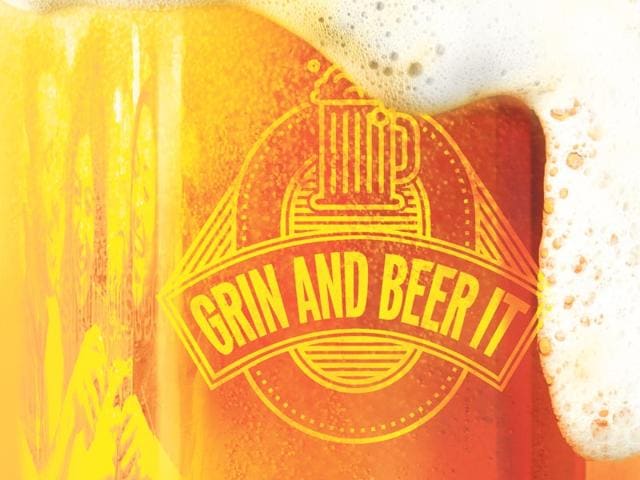
We squeeze through to the bar. The bartender lines up four cutting chai glasses, each with beer a different colour, a different taste. “What do you think?” my friend asks expectantly. She wants me to like it; the bartender just needs the novice to decide quickly. I pick the popular option: “I’ll have the Hefe-what’s-it-called.”
Good old beer is having a moment. Except, not in a bottle. For years, the local market knew beer as just beer. The only choice was a ‘strong’ or a ‘mild’. But it’s essentially a generic lager. We owe it a fair bit – at sleep-overs, surreptitiously behind college canteens, or at Formica-tabled dives, it was, for many, the first taste of beer.
Lately though, when conversation at the bar turns to beer, someone invariably boasts about having tried it in Europe or America. About the variety. About how beer isn’t just beer – it’s blond, stout, cider, ale, porter, Trappist… and that’s just the foam on top. Of course, we import some popular international beers, so you could be drinking them instead of crying into bottles sporting fish-eating birds. But they cost a fair bit extra, thanks to all the taxes. Stocks are limited and, chances are, they’ve flown so far, they have enviable air miles, but lost their freshness over the Indian Ocean.
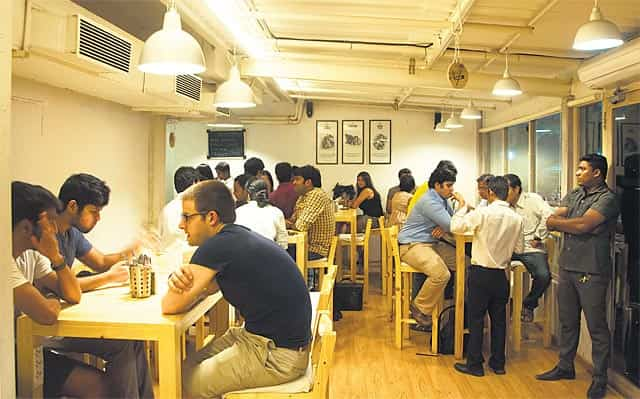
It’s hard to find an empty seat on most evenings at the Doolally Taproom in Bandra (W). (Photo: Anurag Bannerjee)
With domestic mass manufacturers showing no inclination to provide variety, a few hop-headed men decided to quench the beer lover’s (or snob’s) thirst with small-scale, independently brewed stuff. With Doolally Taproom opening here in the end of March (a year later than planned) and still running packed on most nights, and Andheri about to get its first taste of beer brewed on-site – Brewbot is set to start brewing this month – craft is only now beginning to flow in Mumbai.
Maharashtra gets a ‘head’ start, Mumbai lags
India’s craft scene started in Pune, when Doolally opened at The Corinthians hotel in 2009. Diehard beer enthusiasts from Mumbai were soon travelling there to sample it.
Suketu Talekar, the man behind Doolally, approached the Excise Department in 2007, and he says he found them “fairly progressive”. The wine industry flourished in the state (in Nashik), and it contributes to state revenue. That strengthened the case for craft beer. “It took two-and-a-half years, but given that we were trying to amend a law, it was a short period,” he says. You could now brew (up to 2 lakh litres a year) and sell on-site. The microbrewery policy proved seminal. Gurgaon and Bengaluru got in on the act quickly; both cities now have over a dozen each. But Mumbai would have to wait longer.
The city got its first microbrewery in October, 2013, when The Barking Deer Brewpub got its license. The man behind it, former New York-based banker Gregory Kroitzsh, first had the idea in 2010. He says, “The laws were quite unclear. Here, everything begins with the mindset of ‘can’t allow’. You want to drink? You need a permit. You want to make? You need to seek exceptions.”
Mumbai boy (and Harvard grad) Javed Murad soon followed, serving craft at The White Owl. One of the biggest hurdles, he says, was that “industries aren’t allowed in Mumbai proper. And the licenses were the same as that of a large brewery.”
Talekar, too, would have to wait six years to open a taproom here (not brew, mind you, just serve). He needed another amendment to sell off-site. “That permission came in October, 2012. Maharashtra is the only state that now allows you to sell off-site.”
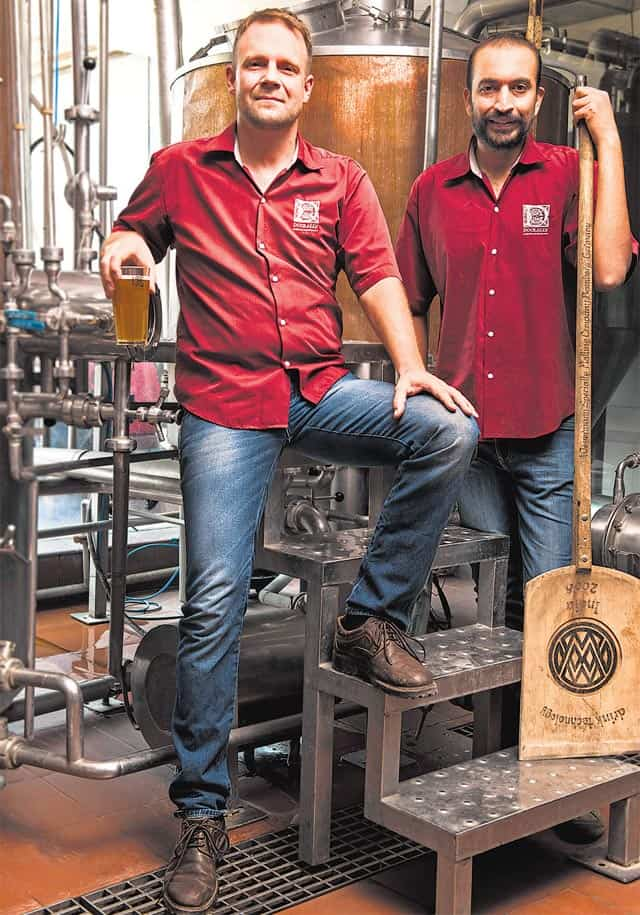
The two founders of Doolally, India’s first microbrewery in Pune — Oliver Schauf and Suketu Talekar.(Photo: Roycin D'Souza)
The craft in craft beer
Traditional, on-site brewing has existed in Europe for ages. For instance, Trappist beer has been brewed by Trappist monks (yes, monks who brew beer) for centuries.
Microbreweries are a ’70s phenomenon, which started just like it has here – as an alternative to the mass-produced stuff. Independent entrepreneurs were brewing in small batches (different regions have their own brewing limits); hence, ‘micro’. They also vowed to focus on quality, and creating innovative varieties rather than bottling, complex supply chains and long shelf lives; hence, the focus on ‘craft’.
“Craft is more the approach to brewing rather than a specific definition,” says Rahul Mehra, one of the partners at the Mumbai-based Gateway Brewing Company (their model is to only make and supply; to 35 places in Mumbai, currently). “Craft brewers, like us, produce smaller batches and use traditional brewing methods, although we often interpret traditional styles with new twists,” he says.
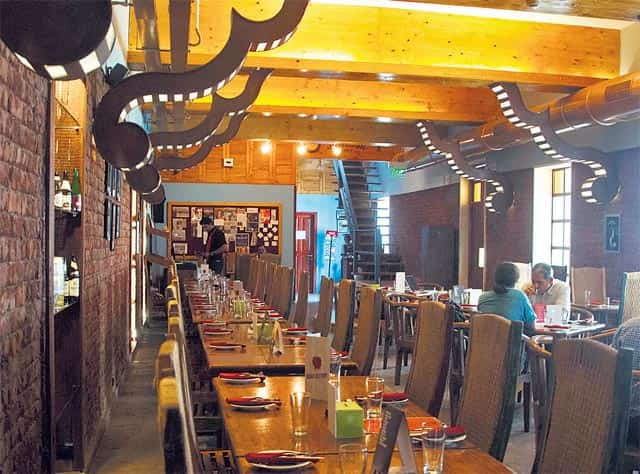
The Barking Deer Brewpub at Mathuradas Mills Compound, Lower Parel (Photo: Anurag Bannerjee)
There’s chocolate in my beer
In the US, where the craft industry has grown the most, varieties are endless. There are French, German, Belgian, Scottish and American styles; flavours include honey, herb, pumpkin, chocolate, coffee and lactose. A couple of places even do a gluten-free version (diet nerd meets beer nerd).
Our fledgling industry is staying true to that spirit. The Apple Cider at Doolally Taproom is made using Himalayan apples. The White Owl’s Alfie is a Belgian White infused with native Alphonso mangoes. The Barking Deer Brewpub’s Chocolate Stout has cacao nibs.
The experiments have just begun. Expect the geeky obsession to follow. The western market has wine-ised craft, with beer tasting, and a Cicerone Certification Programme (cicerones are to beer what sommeliers are to wine). There are books on beer-food pairing too.
Anand Morwani, Cordon Bleu-trained chef and co-owner, Brewbot, says he wants to add his beer to the food: “I want to use it to make ice cream, or cure meat. Why not a Chocolate Oatmeal Stout Brownie?”
Murad, however, doesn’t want to complicate things. “I find even wine pairing complicated... It should be about complementary flavours, without being intimidating.”
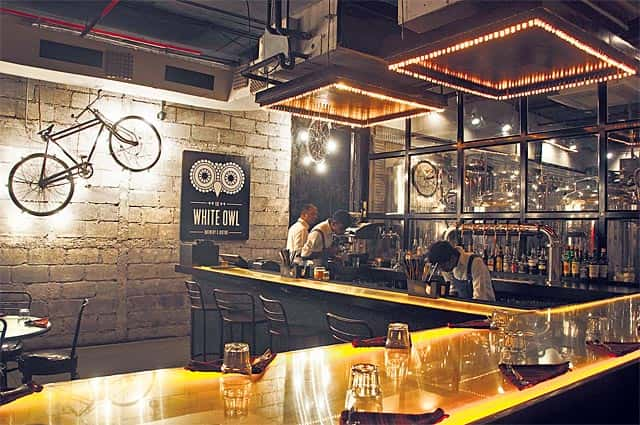
The White Owl at One Indiabulls Centre, Lower Parel (Photo: Anurag Bannerjee)
What have we been drinking?
Even as the breweries try to outdo each other with innovation and authenticity (specialty hops, malts et al), they echo the need to “educate” the market – about how craft is the real deal. There’s a collective disdain as they talk about bottled beer; it’s like a gourmet chef describing roadside hakka noodles. “What you get in a bottle is a fizzy liquid that’ll give you a buzz, and stay on the shelf for four months,” says Talekar. Mehra calls it the “lowest common denominator beer that’s cheap to produce and has no real flavour...” He also says that typical mass-produced Indian lager contains non-beer-y things like “corn, high-fructose corn syrup as fermentables, foam enhancers, stabilisers, and food colour”.
Craft, on the contrary, says Kroitzsh, “is all-natural; we don’t do things to preserve it”.
Pints of view
Some are in agreement. Dharmesh Gandhi, who handles programming for Star English GECs, is a beer enthusiast, and he hails the arrival of craft. “Our draught beers are drinkable, but the other stuff isn’t. International ones are expensive – a 300 ml Hoegaarden costs `270, and is probably four months old. A craft is fresher, and costs Rs 250 (approx),” he says.
But a lot of people will still take the bottle, thank you very much. “I tried it; I didn’t like it” is about the bluntest feedback I get at a pub. Add to that the criticism in the west (a more mature market) that craft is taking away the simplicity of grabbing a cold beer without having to over-think things.
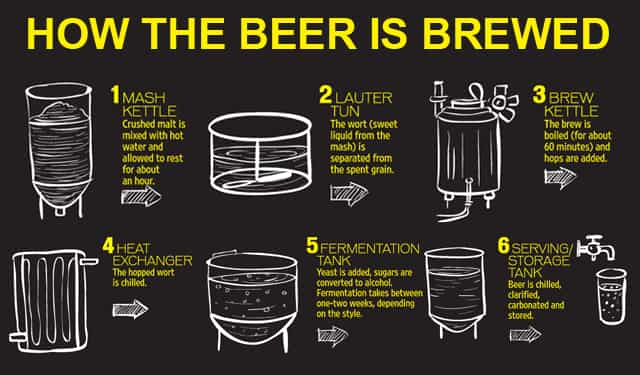
Murad’s retort is that craft is like fancy cheese, or chocolate: “For years, cheese meant Amul, and chocolate only Cadbury. They’re still in demand, but there’s a market for artisanal cheese, and gourmet chocolate.”
It’s a good analogy. The American market proves it. Beer is a $100 billion industry there, with craft accounting for $19.6 billion (according to brewers-association.org). Here, beer being a western drink we adopted (the British first brought pale ale here, and the Indian Pale Ale was born), the industry is worth $3 billion. The nascent craft is yet to make a dent in it.
Talekar feels that growth will come through working together. There’s no Brewers’ Association in India yet, but “we all work together. Next, we want to amend the 2 lakh litre limit to 10 lakh litre, and we’ll appeal for that together,” he says. Microbreweries are also putting their hops where their mouths are, with more and more collaborative craft beer festivals and events.
But Mumbai loves all things western and new. We’re the city that queued up for hours outside the first Starbucks. Right now, places like Doolally Taproom are the new Starbucks. Whether it’ll prove to be a fad, or change the way we see beer is yet to be seen (in the UK, craft has ended the reign of the mild ale; in the US, it now collectively sells more than the once-reigning Budweiser).
It’s unlikely we’ll stop ordering the ‘mild’ anytime soon. But for the first time, beer isn’t just beer.
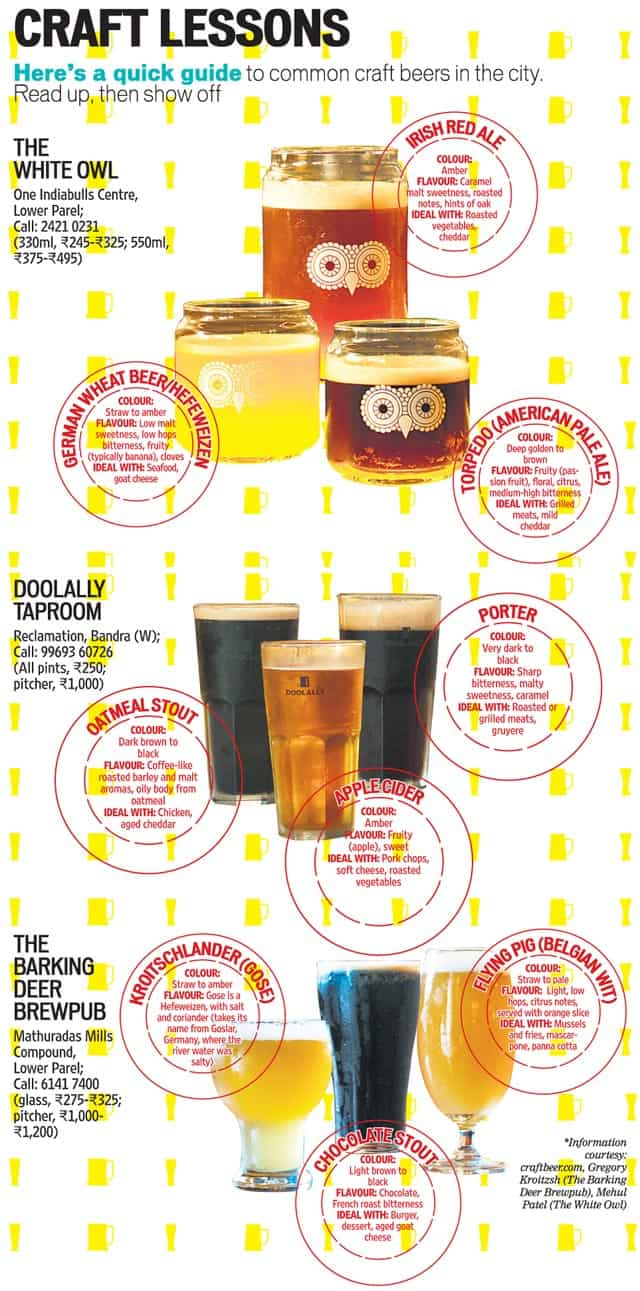
*Information courtesy: craftbeer.com, Gregory Kroitzsh (The Barking Deer Brewpub), Mehul Patel (The White Owl)





